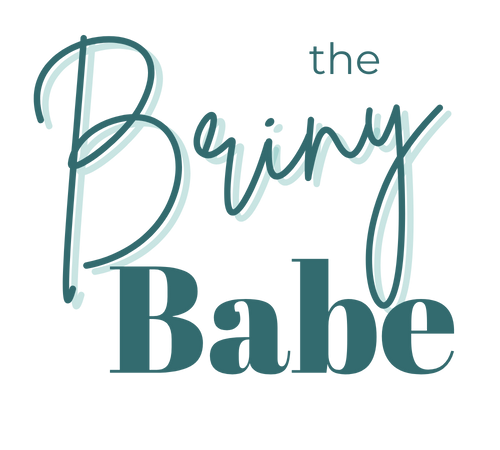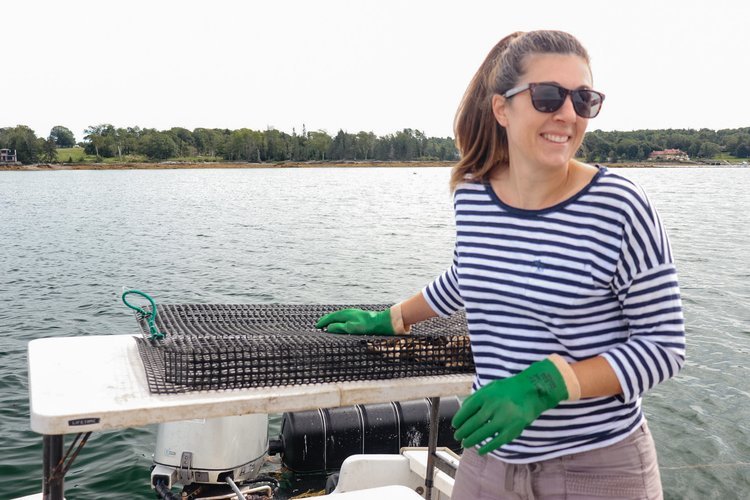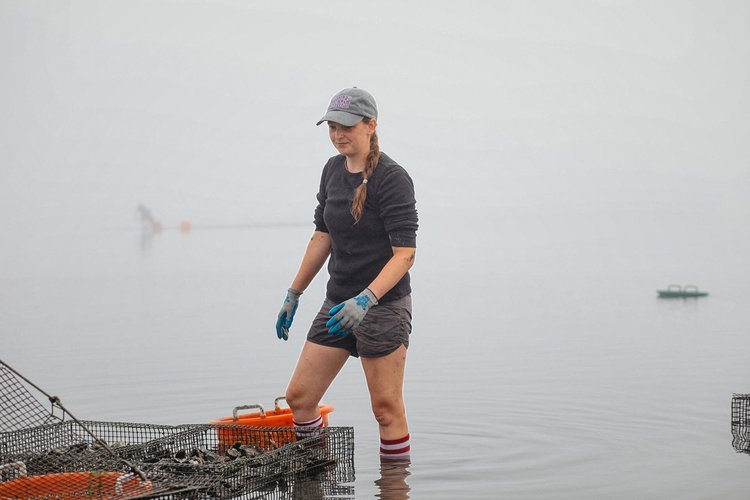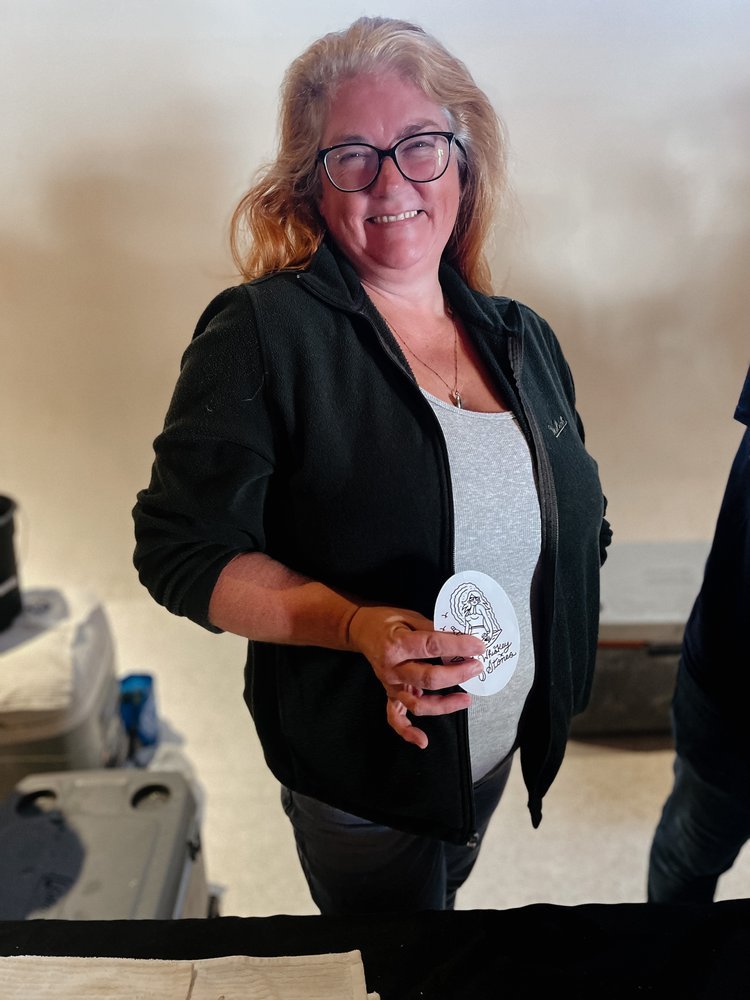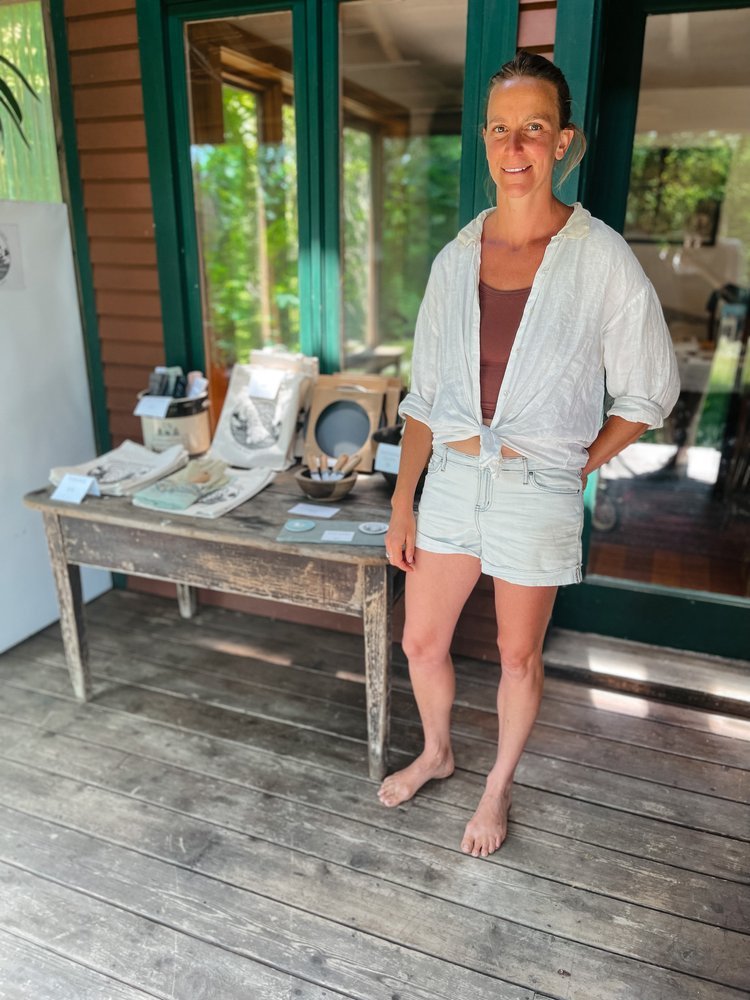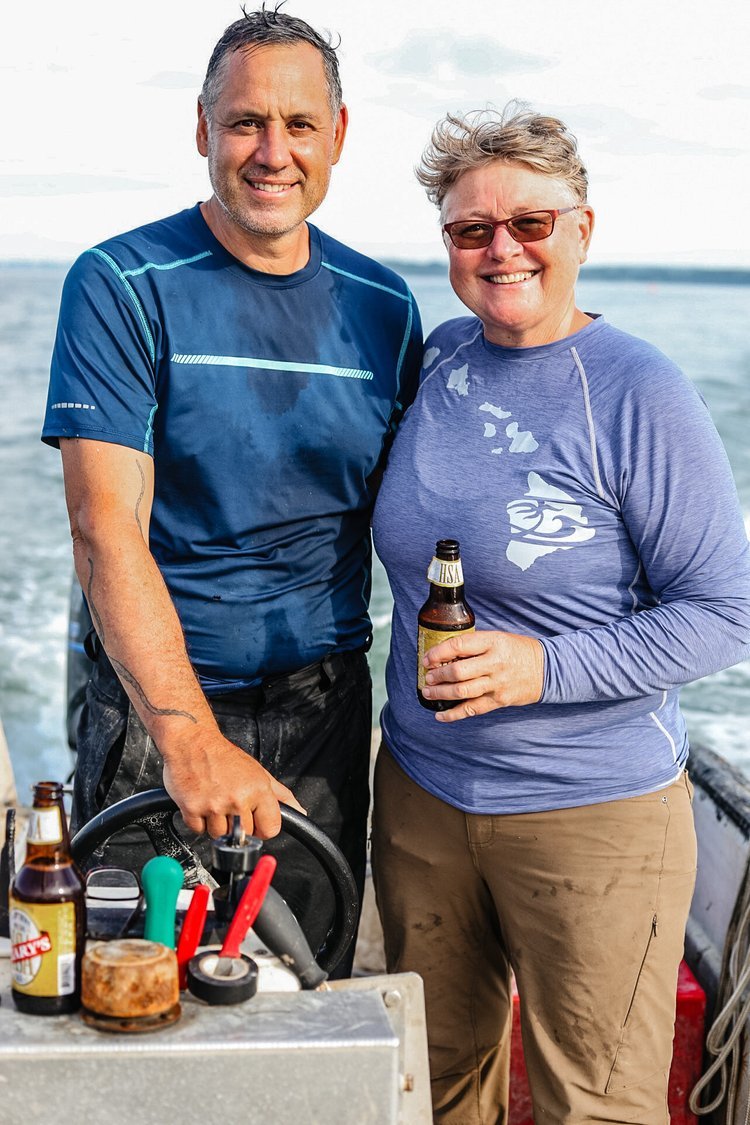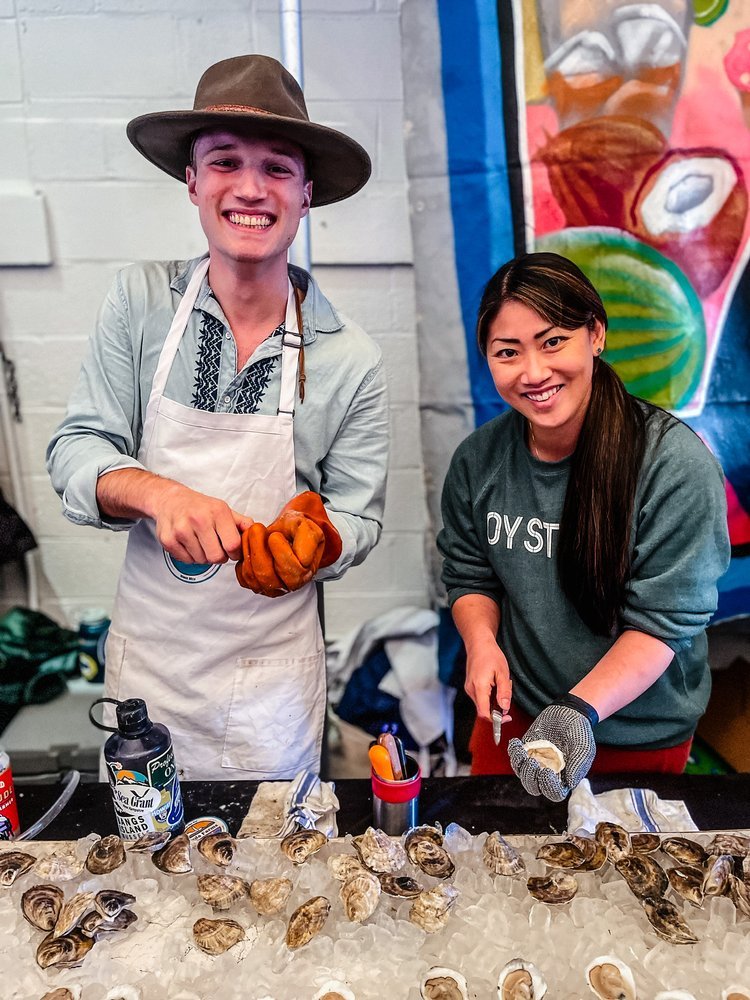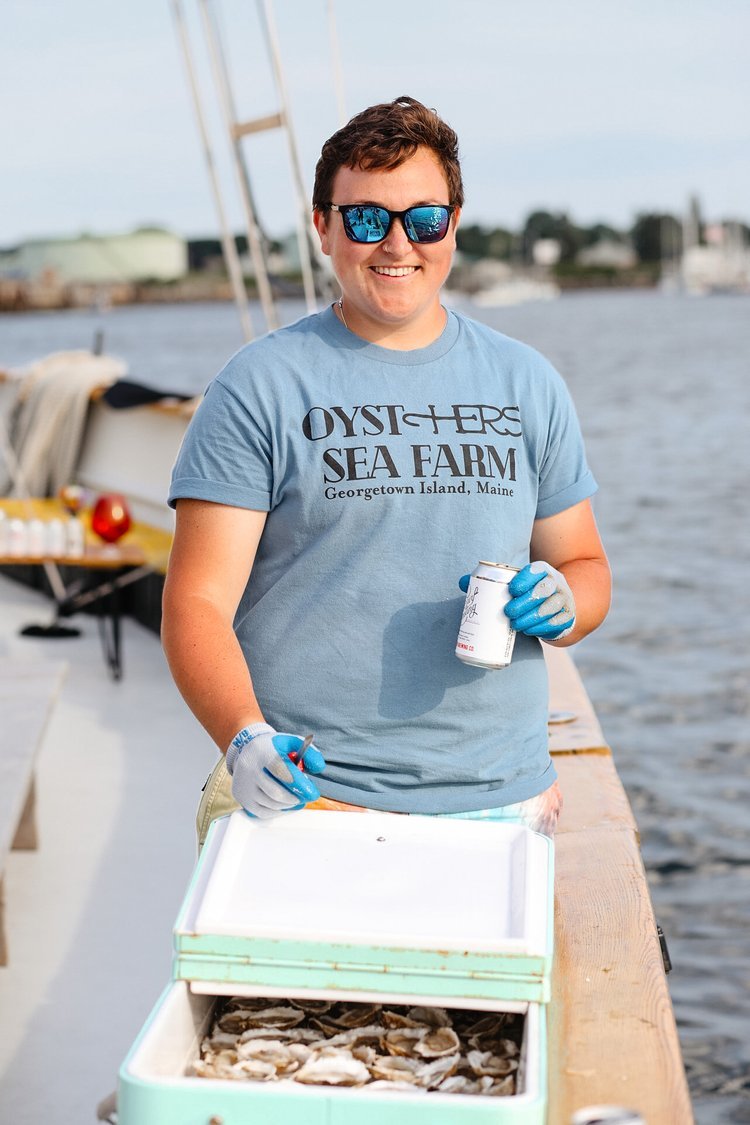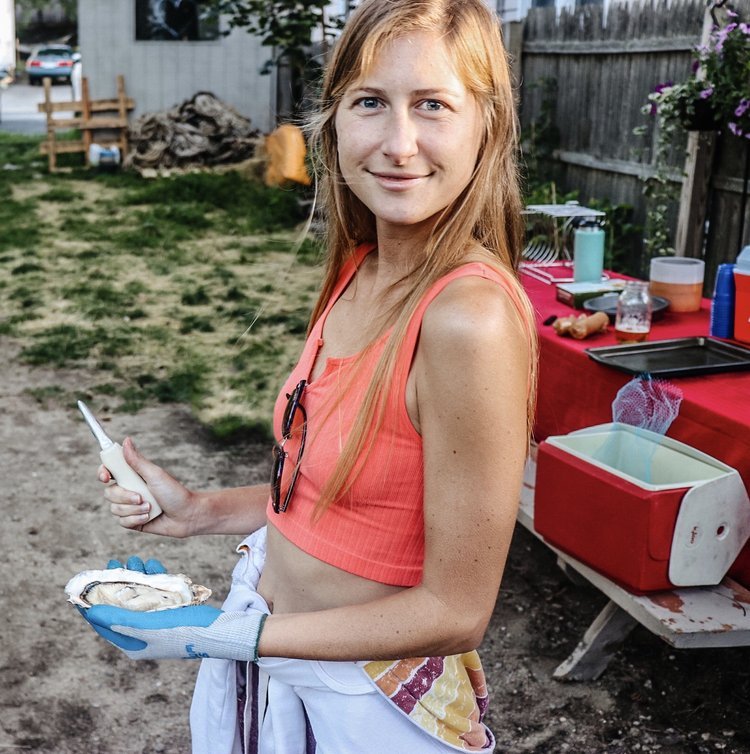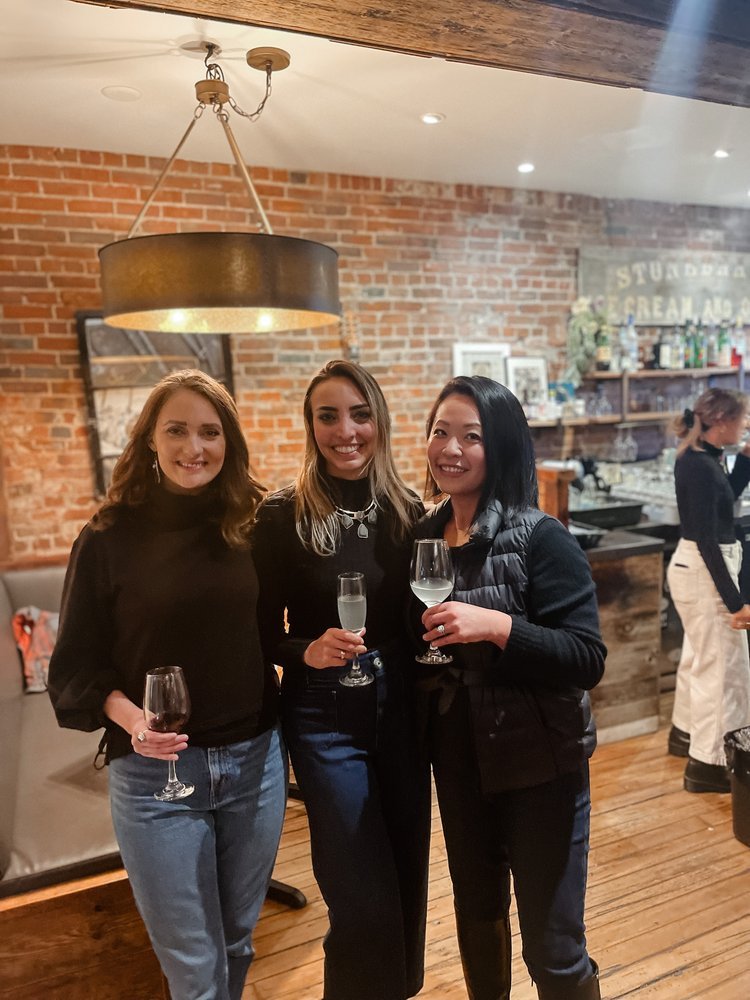This One’s for the Ladies: A Celebration of Women in Aquaculture
A reflection of the status of women in the seafood industry on International Women's Day: 2022
By collaborating on a small scale, we inspire on a large scale. Happy International Women’s Day! It is so exciting to be a part of such a wonderful global community of hardworking, intelligent, and creative women in the seafood industry. One of the things I am most excited about for this upcoming year are the efforts to increase the visibility and recognition of women in the seafood industry.
Women play a crucial role throughout the fish value chain, providing labor in both commercial and artisanal fisheries, and comprising nearly half of industry workers worldwide. Yet their roles remain largely invisible, due to policies that obscure their contributions by focusing only on the most visible part of the value chain — the harvest — and ignoring the labor that happens before and after it. A 2020 study conducted by the State of Food and Agriculture Organization of the United Nations succinctly stated that “gender studies and approaches have multiplied and have shown how women are often assigned the most unstable roles, or poorly paid or unpaid positions– most often in the secondary sector – and are under-recognized or not recognized at all in the sector.”
Here are some interesting statistics for you:
An estimated 59.51 million people were engaged (on a full-time, part-time or occasional basis) in the primary sector of capture fisheries (39.0 million people) and aquaculture (20.5 million people) in 2018. Women accounted for 14% of the total, with shares of 19 percent in aquaculture and 12 percent in capture fisheries.
However, when post-harvest operations data are included, it is estimated that 1 in 2 workers in the sector is a woman.
Of the 120 million people who depend on capture fisheries, 116 million work in developing countries. Of these, more than 90% work in small-scale fisheries, and women make up almost 50% of the workforce.
I oftentimes get asked just how many women are involved in the aquaculture and fisheries industries in Maine. That’s a tough question. At the most basic level, roughly 15% of all oyster farms in the state of Maine are women-owned (23 out of 158 farms).
However, this statistic doesn’t account for all of the roles women take on in these industries—
the women who process seafood,
the ladies who work in the distribution business who ensure seafood products are carefully shipped to consumers worldwide,
the wives who run their husbands’ Quickbook accounts and diligently ensure that everything is meticulously tracked,
the oyster shuckers who educate hungry diners about the bivalves they slurp and where they can buy more,
the women in marine-focused academic institutions who help aquaculturists apply for grants to scale their businesses,
the ladies in aquaculture associations who design and teach classes for burgeoning oyster farmers,
the photographers who get folks excited about a new oyster farm or a seaweed product,
the sisters who manage media inquiries for their brothers’ oyster farms, or
the girlfriends who help their boyfriends splice rope and fill out harvest tags on the weekend.
Going forward, organizations like Food and Agriculture Organization have recognized a need to obtain a more comprehensive assessment of the fisheries and aquaculture sector, taking into account the importance of women’s contribution to production, trade, food security and livelihoods. These improvements will also be critical to allow the development and design of gender-sensitive fisheries and aquaculture policies, in order to promote the role of women in fisheries and aquaculture and pragmatically move towards gender equality in the sector. However, it must be emphasized that sex-disaggregated data are not sufficient to reflect the reality and the real position of women working in the various segments of the industry. In particular, such data do not reflect their role and responsibilities, their access and control over resources, assets, credits, information, training and technology, nor the power they have (or do not have), their decision-making, and their access to leadership. It is essential to adopt a gender lens alongside the collection of data, in order to enable the study of the complex power interactions and relationships between women and men in fisheries and aquaculture.
It is my hope that there will be increased visibility for women in these supportive roles, and that, in turn, this will result in improved income and increased livelihood opportunities for women.

